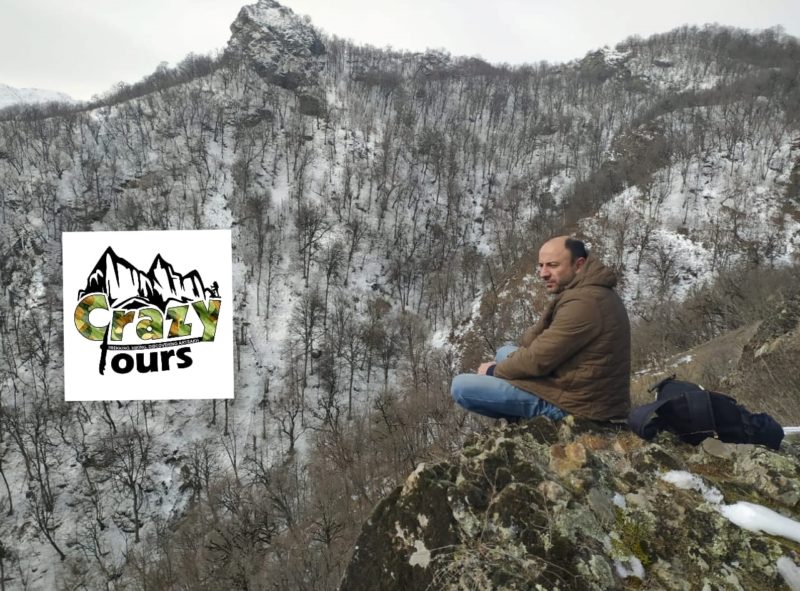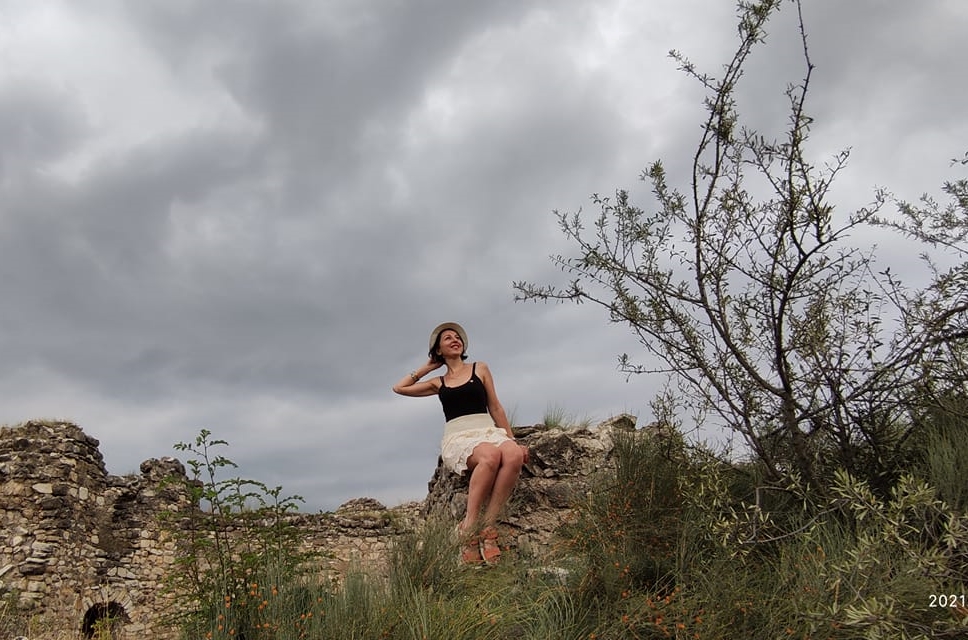STEPANAKERT — “Crazy Tours” is not only about discovering the magnificent peaks and churches of Artsakh. After the first rockets burst during the recent war, Vadim, the tour guide, changed his routes from hidden mountains and monasteries towards centers of explosions, and missile sounds replaced the tranquility of nature.
The Birth of Crazy Tours
In 2017, Vadim Balayan, 46, received a phone call from his cousin: two German tourists needed a driver to travel around Artsakh. Although they already had a tour guide, Vadim was the one who found the places they wished to visit and accompanied the group. He gave them a chance to peek over the horizon and discover the majesty of the history of Artsakh and its churches, and the views left everyone astonished.
“They were so amazed that would often shout ‘This is crazy!’ and we named our group ‘Crazy Squad.’ That is how I came up with the name,” said Vadim.

Soon after Vadim started sharing photos and videos from his first “crazy” tours, he received several requests from locals to organize trips for them. “I decided to dig deeper into the field of domestic tourism, found new routes, and included lunchboxes and potlucks,” he said.
“Once a famous Russian chef visited Artsakh. We went to Kataro to harvest grapes for his show. I discovered later that he had a popular YouTube vlog,” recalled Vadim.










